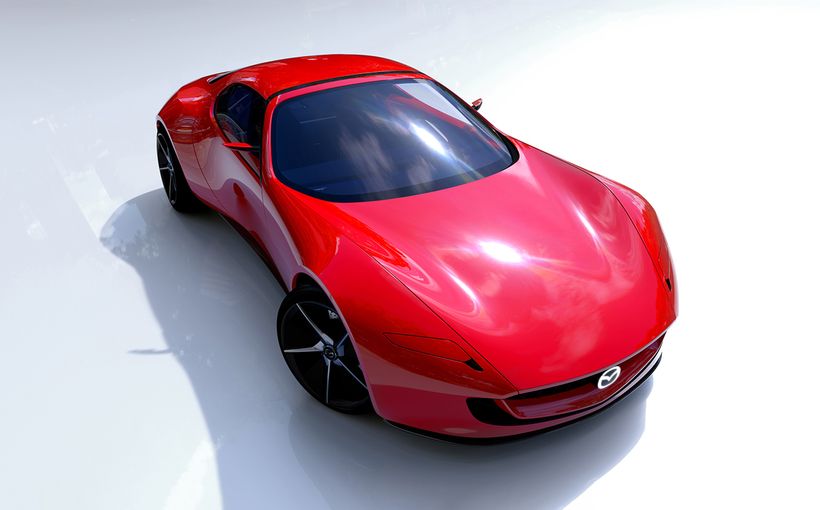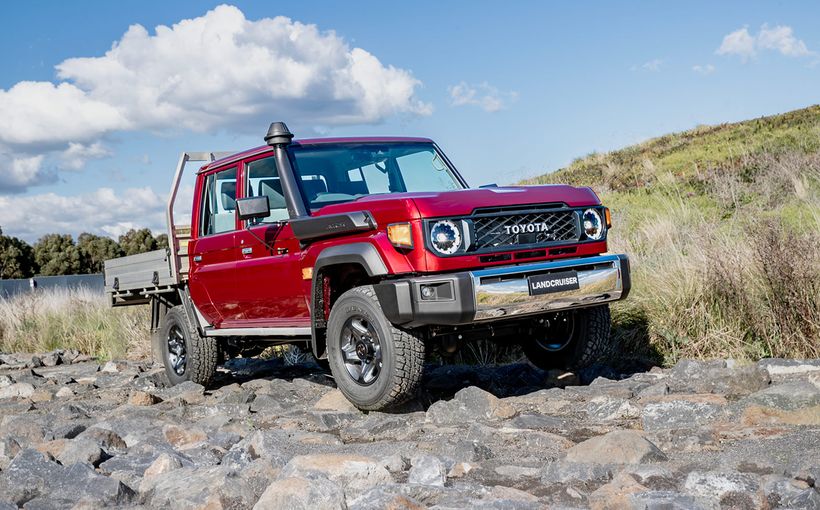Are you not entertained by Jeep’s new Gladiator?
JEEP’S reputation for building go-anywhere SUVs may currently be marred by questions relating to reliability, but there is no denying that the brand knows what it is doing when the road gets rough.
Although each and every one of its models ranging from the small Renegade SUV all the way up to the large Grand Cherokee feature off-road-focused Trailhawk variants, it’s undoubtedly the Wrangler that carries the most prowess off the blacktop.
So it makes sense that Jeep has used the Wrangler as a base for its new Gladiator pick-up that promises to blend both off-road ability with ample cargo capacity – the likes of which not seen on a factory ute.

Revealed in full at this year’s Los Angeles motor show, Jeep’s new Gladiator is expected to land Down Under in early 2020 after hitting American showrooms around the second quarter of next year.
Using the Wrangler’s ladder-frame chassis and multi-link suspension as a base, the Gladiator measures 5539mm long with a 3487mm wheelbase, stretching some 80cm and 50cm more than the four-door vehicle upon which it is based.
Compared to the top-selling pick-up in the country, the Toyota HiLux, the Gladiator is a substantial 209mm longer, while both models tip the scales at around 2.2 tonnes.

Also matching its key HiLux and Ford Ranger rivals, the Jeep Gladiator also sports a massive 3.5-tonne braked towing capacity, which also happens to outclass the Mitsubishi Triton’s 2.1-tonne figure.
Of note though, is that the Gladiator can only accommodate a 725kg payload versus the 907, 950 and 960 kilograms of the Ranger, Triton and HiLux respectively.
However, for those that use their utes more as a recreational vehicle than a workhorse, the Gladiator still retains the charming and quirky characteristics of the Wrangler.

This means that each of the doors can be removed, while the windscreen can also be folded down for the ultimate in off-road open-air motoring.
Not shy about its rock-hopping abilities, the Gladiator is fitted with a two-speed transfer case and heavy duty axles, as well as locking differentials and electronic anti-sway bar disconnection in varying grades.
Only one engine will be offered from the Gladiator’s international launch though, a 3.6-litre Pentastar petrol V6 that outputs 212kW of power and 352Nm of torque, paired to either a six-speed manual gearbox or eight-speed automatic transmission.

For those that need an oil burner, a 194kW/600Nm 3.0-litre V6 diesel will be made available in 2020, which should stick it to the 190kW/580Nm Volkswagen Amarok Ultimate TDI550 and 190kW/550Nm Mercedes-Benz X-Class V6.
The Gladiator’s off-road chops should also position it as a strong competitor to the Ford Ranger Raptor, as well as the HSV Colorado SportsCat and Toyota HiLux Rugged X.
Pricing is yet to be revealed, but expect it to start close to the higher-end of the one-tonne pick-up market, with equipment including climate control, push-button start and either a 5.0-, 7.0- or 8.4-inch Uconnect infotainment system.

However, the new Wrangler-based pick-up is not the first time the Gladiator nameplate has graced a Jeep model. It was first used in production from 1962 to 1971.
Back then though, the original Gladiator was based on the Wagoneer platform with several configurations available such as short, long and extended wheelbases, and four- and rear-wheel drive.
Initially powered by a 104kW 3.8-litre straight six that was optionally available with an automatic transmission (an industry first for a pick-up), the Gladiator would eventually be offered with a 186kW/461Nm 5.4-litre V8.

Though the Gladiator was only in production for around a decade, it was succeeded in concept – if not in name – by the creatively named Jeep Truck pick-up from 1971 to 1988.
However, likely the most well-known Jeep ute is the Comanche that was based on the Cherokee mid-size SUV from 1984 to 2001, making it a size smaller than the Gladiator and Truck.
Thanks to the ladder-frame setup of the Wrangler, the new Gladiator should mean Jeep’s latest pick-up will easily carry the torch as a go-anywhere ute that its predecessors pioneered.
Protect your Jeep. Call Shannons Insurance on 13 46 46 to get a quote today.










